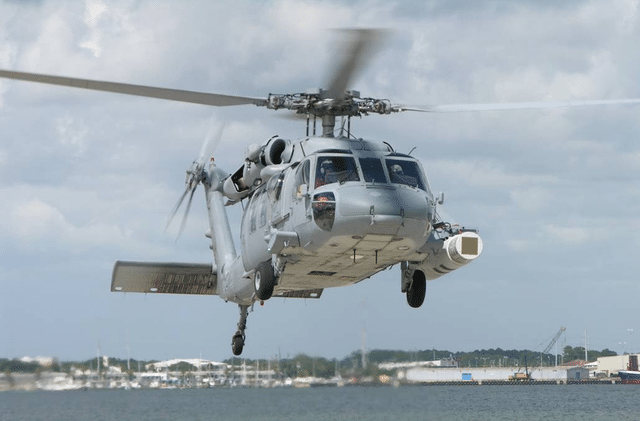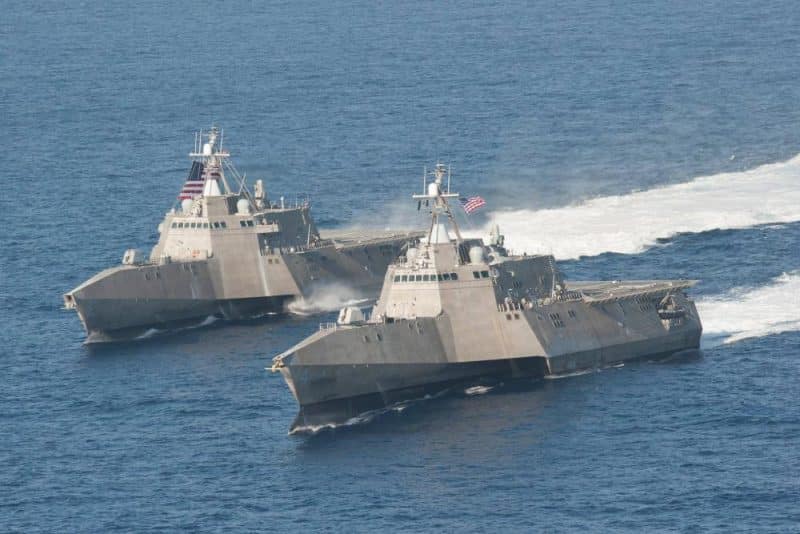The US Navy's naval construction planning has been chaotic to say the least for the past 30 years, to the point that the most powerful military navy on the planet today faces some emerging capability failures. This is particularly the case for mine warfare, this mission still being carried out to this day by 11 of the 14 minehunters of the Avenger class which entered service between 1987 and 1994. While these ships have already reached their limit of age, the US Navy is indeed unable to remove them from service until an alternative capability enters service, according to a constraint imposed by Congress. This capability was to go to the Freedom and Independence class Littoral Combat Ship corvettes, which are supposed to be equipped from 2015 with a mission module of this type.
The LCS were in fact designed around this principle, allowing the ship to carry standard modules if necessary to equip them with different capacities. 3 modules were initially planned: the warfare module above the surface to arm the ship with anti-ship missiles, the subsurface warfare module to make it a coastal anti-submarine warfare building, and the mine warfare module . While the above-surface warfare module, which arms the LCS with a 30mm turret and 24 short-range Hellfire missiles, was delivered in 2019, the anti-submarine warfare module has , was canceled last year, the new Constellation-class frigates being called upon to carry out this mission. The highly anticipated mine warfare module, or MCM for Mine Countermeasures, is close to entry into service, according to statements by the Program Executive Office for US Navy Small Surface Vessels, Sam Taylor, at the annual conference of the American Society of Naval Engineers.

This module consists of two distinct components. On the one hand, the airborne component revolves around the MH-60 naval helicopter and the MQ-8 Fire Scout drone, to implement the ALMDS airborne laser mine detection system, the AMNS Airborne Mine Neutralization System and the Coastal Battlefield Analysis and Reconnaissance System, or CBRA. the on-board component is made up of the Knifefish underwater mine warfare robot, the UISS towed anti-mine system, and the AN/AQS-20C towed sonar specialized in the detection of underwater mines. According to Rear Admiral Casey Moton, who is piloting the program, all the modules have been tested, and even if some failures have been revealed, corrective measures and appropriate training for crews have been undertaken to allow the next commissioning. of the MCM module aboard the Independence-class LCS.

The rest of this article is for subscribers only
The Classic subscriptions provide access to
all articles without advertising, starting at € 1,99.
Newsletter subscription
Register for the Meta-Defense Newsletter to receive the
latest fashion articles daily or weekly


[…] […]